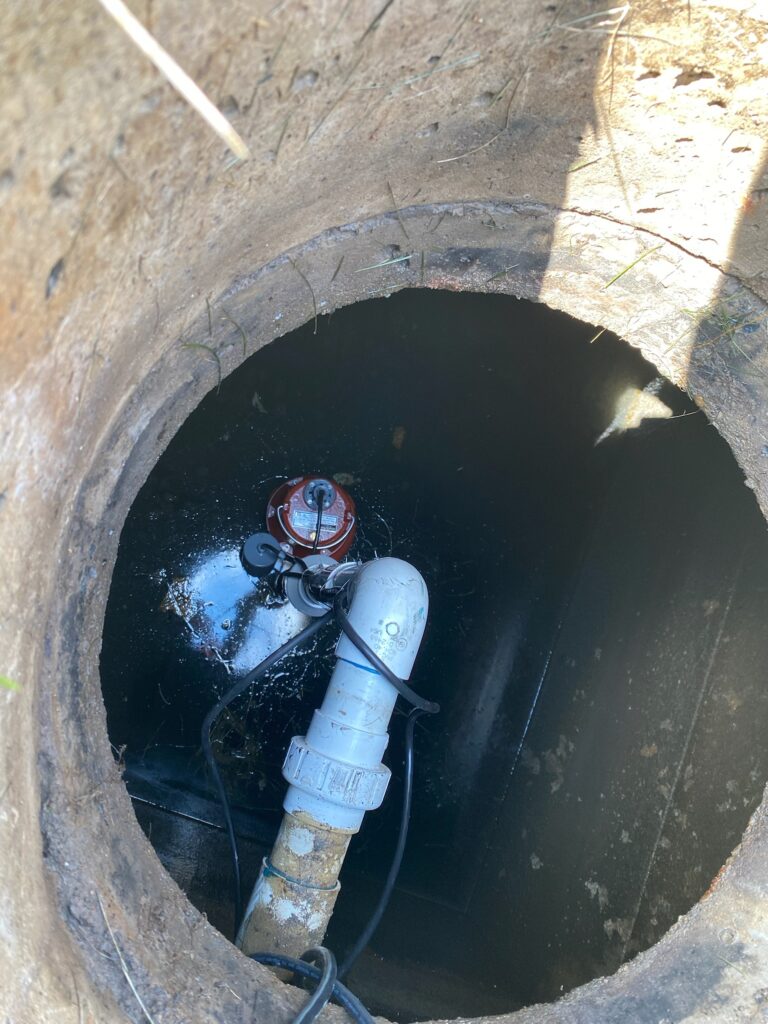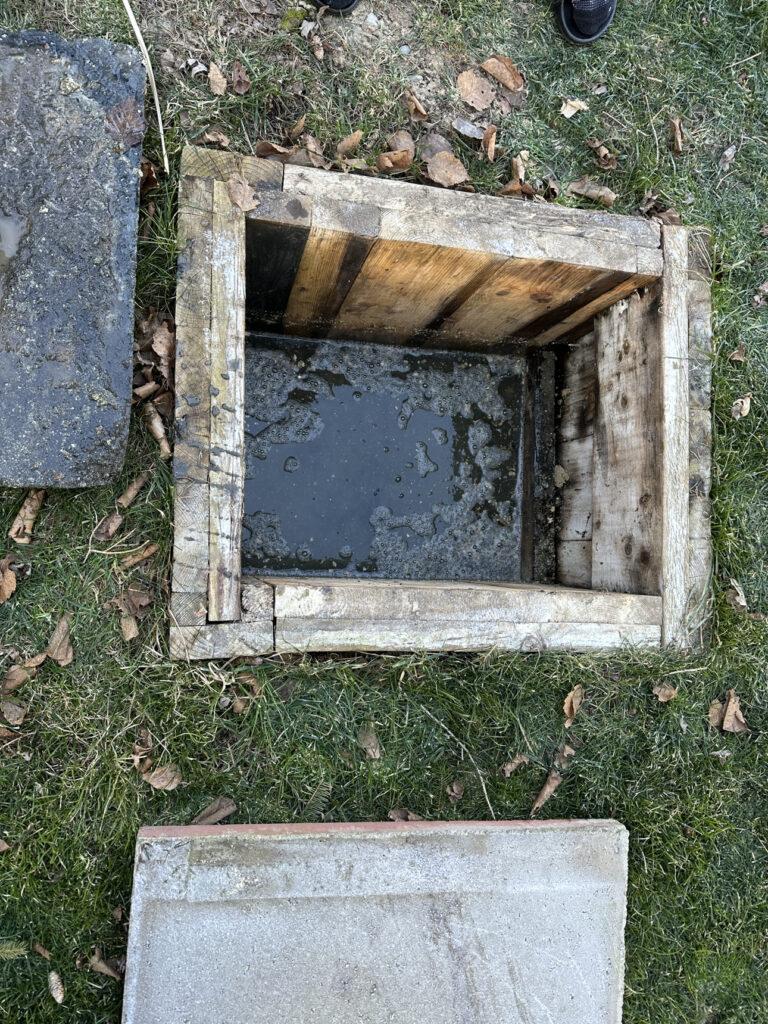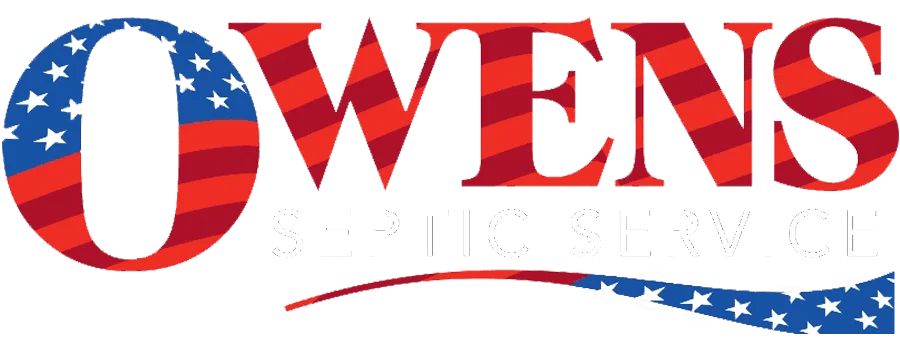Understanding Grease Trap Pumping: Essential Insights and Solutions
Grease traps play a crucial role in maintaining the hygiene and functionality of commercial kitchens. They prevent grease, oil, and solids from entering the sewer system, helping to avoid costly plumbing issues and environmental damage. However, when these traps become full or malfunction, it’s essential to address the problem promptly. In this blog, we’ll explore the key aspects of grease trap pumping, including whether you can handle it yourself, why backups occur, and how to manage a full or overflowing grease trap.

What is Grease Trap Pumping?
Grease trap pumping is a process designed to remove accumulated grease, oil, and solids from a grease trap. The grease trap, also known as a grease interceptor, is a plumbing device used in commercial kitchens to capture fats, oils, and grease (FOG) from wastewater before it enters the sewer system. Over time, these substances accumulate and can cause blockages, odors, and other issues if not removed regularly.
The pumping process involves:
- Assessing the Trap: Technicians evaluate the grease trap to determine its current state and identify any potential issues.
- Removing the Contents: Using specialized equipment, technicians extract the accumulated grease, oil, and solids from the trap.
- Cleaning the Trap: After removal, the trap is thoroughly cleaned to ensure all residues are cleared.
- Disposing of Waste: The extracted waste is properly disposed of according to local regulations.
Can You Pump Your Own Grease Trap?
While it’s technically possible to pump your own grease trap, it’s generally not recommended for several reasons:
- Specialized Equipment: Grease trap pumping requires specialized equipment and tools to efficiently and effectively remove the waste. Most homeowners or business owners don’t have access to these tools.
- Expertise Required: Properly handling and disposing of grease, oil, and solids requires knowledge of local regulations and safe practices to avoid environmental contamination.
- Health and Safety Risks: The waste from grease traps can contain harmful bacteria and unpleasant odors. Handling this waste improperly can pose health risks and cause unpleasant working conditions.
- Time and Effort: Pumping a grease trap is labor-intensive and time-consuming. Professional services ensure the job is done quickly and thoroughly, minimizing disruption to your operations.
For these reasons, it’s advisable to hire a professional grease trap service, such as Owens Septic Service, to ensure the job is done correctly and efficiently.
Why is My Grease Trap Backing Up?
A grease trap backup can cause significant problems in a commercial kitchen. Several factors can contribute to a grease trap backing up:
- Overfilled Trap: If the grease trap becomes too full, it can no longer effectively separate grease and solids from the wastewater, leading to backups.
- Clogs in the Plumbing: Blockages in the plumbing leading to or from the grease trap can cause wastewater to back up into the kitchen.
- Improper Maintenance: Infrequent cleaning and maintenance can lead to the accumulation of excessive grease and solids, causing backups.
- System Overload: A grease trap that is too small for the volume of wastewater being processed can become overwhelmed and back up.
If you’re experiencing grease trap backups, it’s essential to contact a professional service like Owens Septic Service to diagnose and address the issue promptly.
How Do You Know When a Grease Trap is Full?
Recognizing when a grease trap is full is crucial for maintaining its functionality and preventing backups. Here are some signs that your grease trap may need pumping:
- Slow Drains: If the sinks or drains in your kitchen are draining slowly, it could be a sign that the grease trap is reaching capacity.
- Foul Odors: Unpleasant smells emanating from the kitchen or drains can indicate that the grease trap is full and needs attention.
- Pooling Water: Standing water or grease around the drain area or in the grease trap itself can be a sign of overflow.
- Frequent Clogs: Regular clogging or backups in your plumbing system can suggest that the grease trap is full and requires pumping.
Regular inspections and maintenance can help identify these issues early and prevent more severe problems.
How Do You Fix an Overflowing Grease Trap?
Addressing an overflowing grease trap involves several steps:
- Immediate Action: If you notice an overflow, stop using the affected drains or sinks to prevent further issues. This helps minimize the spread of waste and allows for a more manageable cleanup.
- Call a Professional: Contact a professional grease trap service, like Owens Septic Service, to handle the pumping and cleaning. Professional technicians have the expertise and equipment needed to address the issue effectively.
- Inspect and Repair: After pumping, the grease trap should be inspected for any signs of damage or malfunction. Any necessary repairs should be carried out to ensure the system functions correctly.
- Implement Regular Maintenance: To prevent future overflows, establish a routine maintenance schedule with your service provider. Regular pumping and cleaning help maintain the grease trap’s efficiency and prevent issues from arising.

Should a Grease Trap Be Full of Water?
A properly functioning grease trap should always have some water in it. Water helps to separate grease, oil, and solids from the wastewater, allowing the trap to function effectively. However, a grease trap should not be completely full of water or grease. Excessive water or grease levels can indicate issues with the trap or improper maintenance.
If you notice that your grease trap is unusually full of water or grease, it’s essential to have it inspected by a professional to determine the cause and address any underlying problems.
Conclusion
Understanding grease trap maintenance and addressing issues promptly is essential for maintaining a smoothly operating kitchen and preventing costly disruptions. Regular grease trap pumping, professional maintenance, and timely intervention are key to ensuring your system remains in optimal condition.
Owens Septic Service is your trusted partner for all grease trap needs. With our expertise, state-of-the-art equipment, and commitment to excellent customer service, we provide reliable solutions for grease trap pumping, cleaning, and maintenance. Contact us today to ensure your grease trap remains in top shape and keep your kitchen running smoothly.
